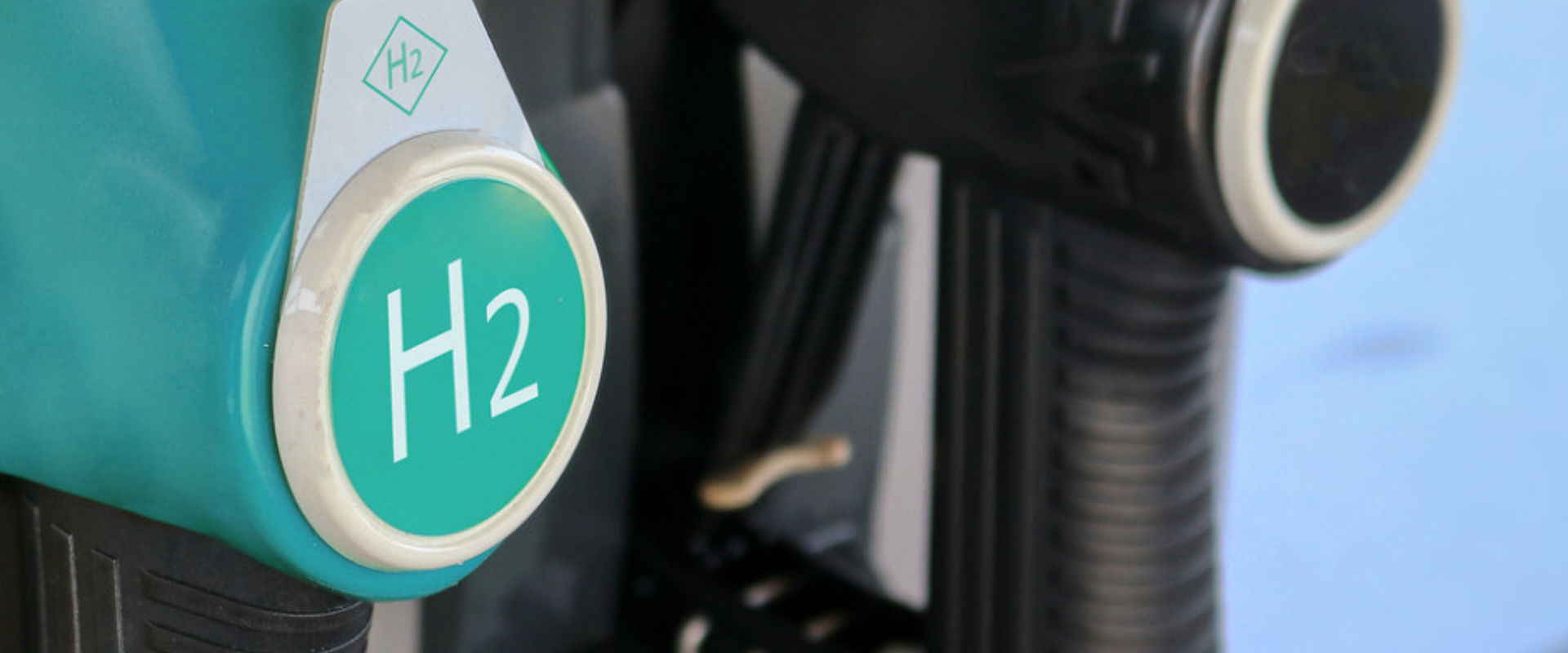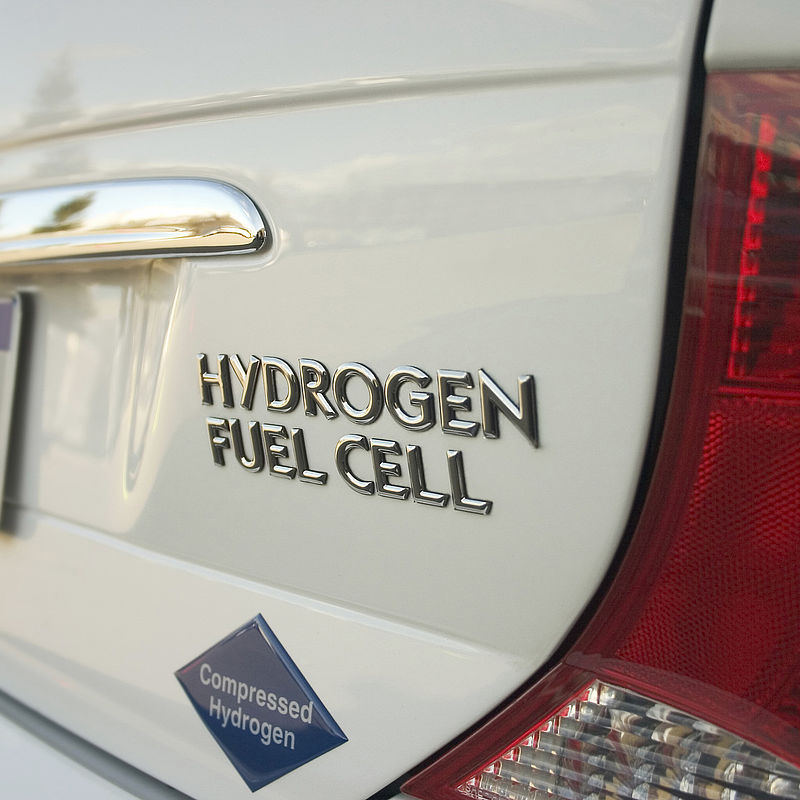
A new flow instrument to support the use of hydrogen as a clean transport fuel
Challenge
Passenger cars alone account for 25% of the EU’s greenhouse gas emissions. To reach climate neutrality in Europe by 2050 requires this amount to be reduced by 90%.
Hydrogen is a clean alternative to petrochemicals that produces only water when used to power fuel cell electric vehicles (FCEV). To ensure the amount charged to FCEV drivers at hydrogen refuelling stations (HRS) is correct the International Legal Metrology Organisation (OIML) has published OIML-R139 which stipulates dispensers at HRS must be certified, delivering hydrogen with a maximum permissible measurement error of 2 or 4%, depending on the desired accuracy class. Whilst metrology for conventional fuels such as diesel and gasoline are well established, hydrogen requires a completely different set of measurements.
Hydrogen is an extremely light, low-density gas, sold by weight rather than volume. If a FCEV was filled at atmospheric pressure (~ 1 bar) with 1 kg of hydrogen – sufficient for a journey of approximately 100 km – the vehicle would require a fuel tank 11 m3 in size. As on average a FCEV requires 5-6 kg for a full tank, the gases’ volume requires compressing at high pressures prior to filling – 700 bar for cars and 350 bar for larger vehicles.
However, prior to the MetroHyVe project, there were no metrologically validated standards to measure hydrogen flow at HRS in Europe at such pressures – which meant dispensing measurements could vary significantly, negatively affecting both station owners and drivers of FCEVs and restricting the uptake of this technology.
Solution
During the project VSL, the National Metrology Institute (NMI) of the Netherlands and three project partners developed portable primary standards for the measurement of hydrogen flow meters at HRS. The standard developed by VSL contains a set of three hydrogen tanks which were weighed before and after refuelling. The volume of each tank was 52 L, corresponding to a hydrogen storage capacity of 6 kg, and represented a realistic representation of the refueling process for existing hydrogen cars.
To eliminate factors that could impact the weighing process, wireless temperature and pressure sensors were incorporated and large parts covered in an insulating foam to minimize the formation of frost and condensation. The standard was then tested in laboratory conditions using nitrogen gas at a similar gas density as the hydrogen at an HRS and was successfully compared to similar facilities at partner NMIs. Following field tests at an operational HRS, the standard demonstrated an expanded measurement uncertainty of 0.3% – meeting the requirements of legal metrology recommendations.
Impact
Resato Hydrogen Technology is a leader in the construction of HRS, building the first full-sized station at The Hague in 2019. As the most highly used public hydrogen station in the Netherlands, with over 20-30 FCEVs refuelling every day, it was essential that the amount of hydrogen sold there was as accurate as possible. The new VSL flow standard was used to validate these dispensers indicating their compliance with both national standards and OIML-R139.
Resato constructs HRS for those wanting to participate in the use of green transport. These cover small scale stations for companies owning car fleets, medium ones for public buses and small vehicles, to ultra-high-capacity stations for light and heavy-duty vehicles. This means that these customers too can have the confidence in the amount of fuel these will deliver.
The development of metrologically validated instruments for the hydrogen economy, such as the new portable standard, will help accelerate the uptake of this clean fuel and aid Europe in its aim of becoming the first carbon-neutral continent.
- Category
- EMPIR,
- Energy,
- EMN Energy Gases,
